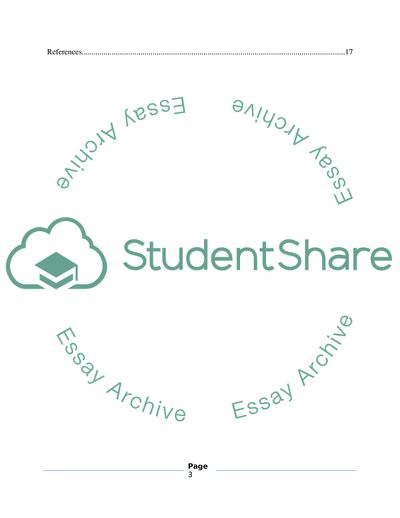Cite this document
(The Internet in Saudi Arabia Case Study Example | Topics and Well Written Essays - 3250 words, n.d.)
The Internet in Saudi Arabia Case Study Example | Topics and Well Written Essays - 3250 words. https://studentshare.org/information-technology/1830538-e-learning
The Internet in Saudi Arabia Case Study Example | Topics and Well Written Essays - 3250 words. https://studentshare.org/information-technology/1830538-e-learning
(The Internet in Saudi Arabia Case Study Example | Topics and Well Written Essays - 3250 Words)
The Internet in Saudi Arabia Case Study Example | Topics and Well Written Essays - 3250 Words. https://studentshare.org/information-technology/1830538-e-learning.
The Internet in Saudi Arabia Case Study Example | Topics and Well Written Essays - 3250 Words. https://studentshare.org/information-technology/1830538-e-learning.
“The Internet in Saudi Arabia Case Study Example | Topics and Well Written Essays - 3250 Words”. https://studentshare.org/information-technology/1830538-e-learning.


